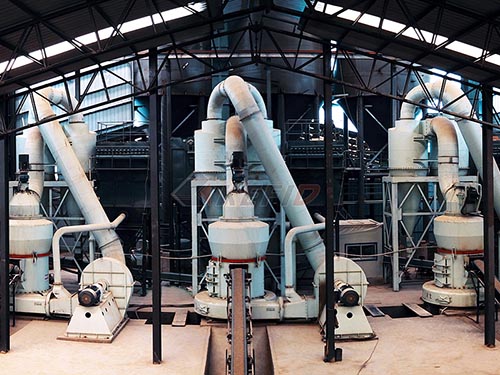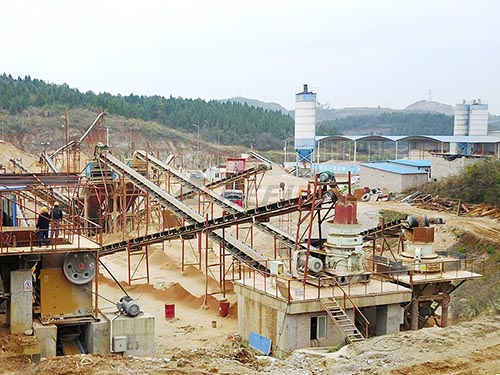The Mighty Jaw Crusher: Cornerstone of Mineral Processing
The jaw crusher stands as one of the most fundamental, robust, and widely utilized pieces of equipment in the entire spectrum of mineral processing, aggregate production, mining, and recycling. Its enduring popularity stems from its simple yet highly effective design principle, remarkable reliability, versatility in handling diverse materials, and relatively straightforward operation and maintenance. Essentially a machine designed to reduce large rocks or ore into smaller fragments, it serves as the primary workhorse for the crucial first stage of size reduction – primary crushing.
Core Design Principle and Working Mechanism

At its heart, a jaw crusher functions on the elegantly simple principle of mechanical pressure. It comprises two essential jaws:
1. Fixed Jaw (Stationary Die): This rigid plate forms the frame of the crusher chamber and remains immobile during operation.
2. Movable Jaw (Swing Die): This jaw is mounted on an eccentric shaft that imparts a highly characteristic elliptical motion to it. The movable jaw is typically inclined relative to the fixed jaw.
The crushing action unfolds in a cyclical process:

1. Feed: Raw material (feed) is introduced into the top opening of the crushing chamber (the feed opening) between the two jaws.
2. Compression (Crushing Stroke): As the eccentric shaft rotates, it drives the movable jaw towards the fixed jaw. The material trapped between them experiences intense compressive force. This force exceeds the material’s fracture stress, causing it to break along natural cleavage planes or through direct fracture.
3. Discharge (Return Stroke): On the return stroke of the movable jaw (driven by flywheels and often assisted by toggle plates/tension rods), the gap between the jaws increases at their bottom end. This allows the crushed material, now reduced in size, to gravitate downwards through this increasing gap.
4. Gravity Discharge: The smaller fragments fall freely through the discharge opening at the bottom of the chamber once they are small enough to pass through its set width.
5. Cycle Repetition: The cycle repeats continuously as new feed enters from above and previously crushed material moves down and exits.
The size reduction ratio achieved depends primarily on two factors:
The Gap Setting: The minimum distance between the bottom edges of the jaws at their closest point during compression determines the maximum product size exiting through this discharge opening (“closed side setting” – CSS). Adjusting this setting controls product size distribution.

Leave a Reply